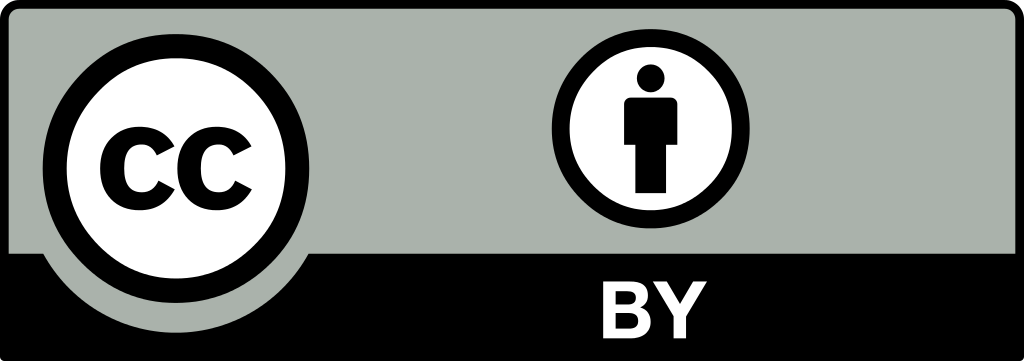

Volume- 9
Issue- 1
Year- 2022
![]() DOI: 10.55524/ijirem.2022.9.1.91 |
DOI: 10.55524/ijirem.2022.9.1.91 | ![]() DOI URL: https://doi.org/10.55524/ijirem.2022.9.1.91
DOI URL: https://doi.org/10.55524/ijirem.2022.9.1.91
 This is an Open Access article distributed under the terms of the Creative Commons Attribution License (CC BY 4.0) (http://creativecommons.org/licenses/by/4.0)
This is an Open Access article distributed under the terms of the Creative Commons Attribution License (CC BY 4.0) (http://creativecommons.org/licenses/by/4.0)
Article Tools: Print the Abstract | Indexing metadata | How to cite item | Email this article | Post a Comment
Dr. Subhash , Dr. Guroo Narayan Singh
This article gives an overview of India's 'para' instructors. It recounts the beginnings of para-teacher programs in the nation and examines the shifting policy environment in which contract para teachers with little pay and training are increasingly being hired in lieu of regular teachers. Teachers at public schools. Incorporating existing research. The authors of the research call attention to the negative consequences that the purpose of para-teacher programs is to help teachers become more professional. Concerns about educational quality and equality. Another significant development in the past decade is Parliament's adoption of a Constitutional Amendment making education for children aged 6 to 14 years a basic right of all citizens. . Meanwhile, via the National Literacy Mission, efforts to improve literacy were galvanized with mass literacy campaigns across the length and width of the nation. Another significant development in the past decade is Parliament's adoption of a Constitutional Amendment making education for children aged 6 to 14 years a basic right of all citizens. The process of drafting central legislation to make the constitutional clause effective is now ongoing
[1] P. Boone et al., “Remedial after-school support classes offered in rural Gambia (The SCORE trial): Study protocol for a cluster randomized controlled trial,” Trials, 2015, doi: 10.1186/s13063-015-1081-7.
[2] S. Pandey, “Para-teacher scheme and quality education for all in India: Policy perspectives and challenges for school effectiveness,” Journal of Education for Teaching. 2006, doi: 10.1080/02607470600782468.
[3] J. Cejudo and M. L. López-Delgado, “Importance of emotional intelligence in the teaching practice: A study with primary education teachers,” Psicol. Educ. Rev. los Psicólogos la Educ., 2017, doi: 10.1016/j.pse.2016.11.001.
[4] N. Pérez Escoda, G. Filella Guiu, A. Soldevila Benet, and A. Fondevila, “EVALUACIÓN DE UN PROGRAMA DE EDUCACIÓN EMOCIONAL PARA PROFESORADO DE PRIMARIA (EVALUATION OF AN EMOTIONAL EDUCATION PROGRAM FOR PRIMARY TEACHERS),” Educ. XX1, 2013, doi: 10.5944/educxx1.16.1.725.
[5] C. V. Callado, “Aprendizaje cooperativo en Educación Física: estado de la cuestión y propuesta de intervención (Cooperative learning in Physical Education: the state of the question and intervention proposal),” Retos, 2015, doi: 10.47197/retos.v0i28.35533.
[6] M. E. P. Briant and F. C. Oliver, “Inclusão de crianças com def iciência na escola re gular numa re gião do município de são paulo: Conhecendo estratégias e ações,” Rev. Bras. Educ. Espec., 2012, doi: 10.1590/S1413-65382012000100010.
[7] G. G. de Menezes, “A utilização das TIC nos processos de formação continuada e o envolvimento dos professores em comunidades de prática,” Educ. em Rev., 2014, doi: 10.1590/s0104-40602014000100017.
[8] K. Kumar, M. Priyam, and S. Saxena, “Looking beyond the Smokescreen: DPEP and Primary Education in India,” Econ. Polit. Wkly., 2001.
[9] G. G. Kingdon, “The progress of school education in India,” Oxford Review of Economic Policy. 2007, doi: 10.1093/oxrep/grm015.
[10] S. C. Basak and D. Sathyanarayana, “Pharmacy education in India,” Am. J. Pharm. Educ., 2010, doi: 10.5688/aj740468.
Assistant Professor, Department of Education, Sanskriti University, Mathura, Uttar Pradesh, India
No. of Downloads: 13 | No. of Views: 519
Siddharth P. Sharma.
February 2024 - Vol 11, Issue 1
Bhavna Galhotra, Devesh Lowe.
October 2023 - Vol 10, Issue 5
Dr. Kamlesh Chandra Prasad, Wagish Chandra Choudhary* .
August 2023 - Vol 10, Issue 4
